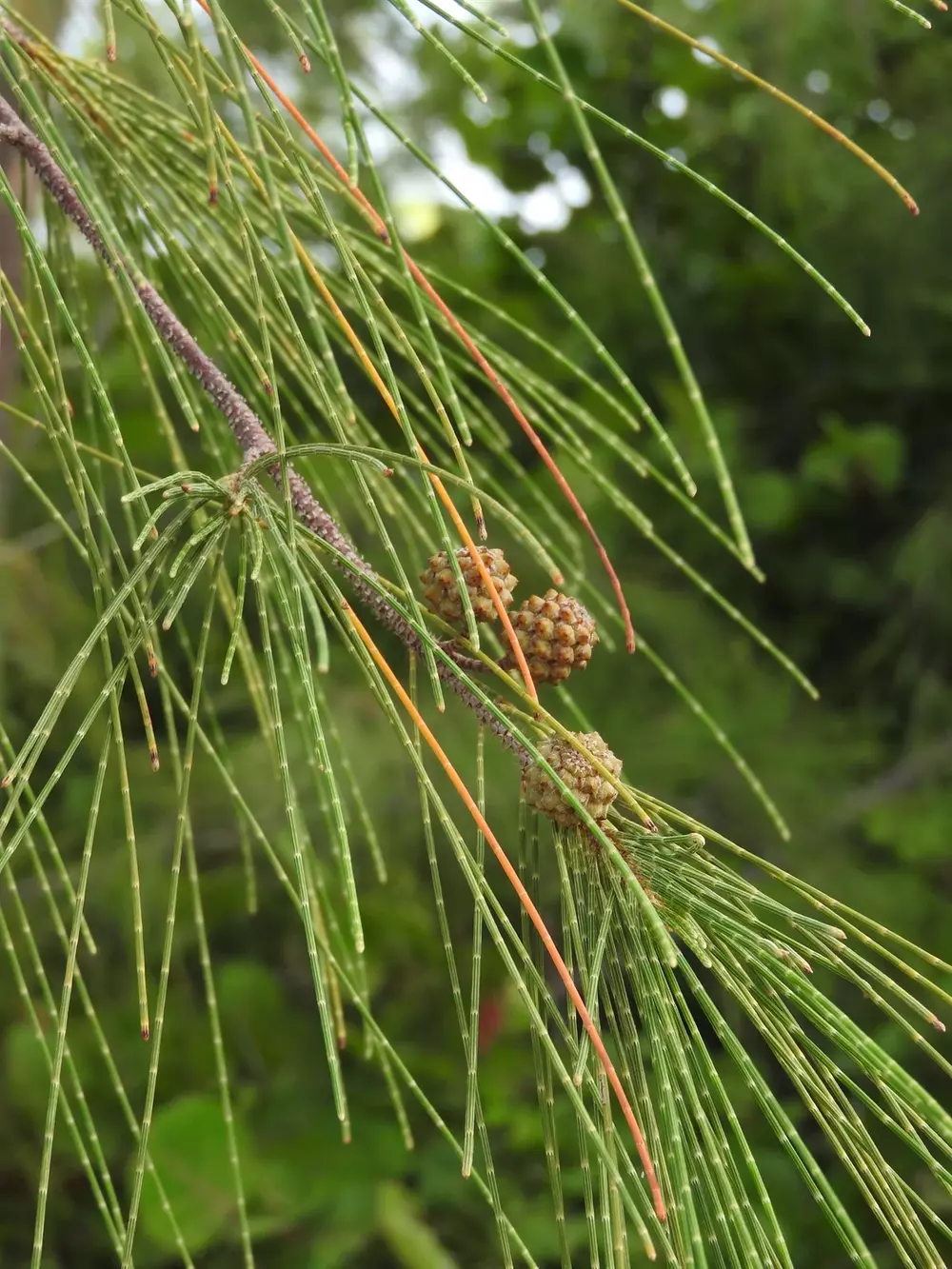Horsetail Oak (Casuarina equisetifolia)
Category: TREE SEEDS COLLECTION
Tags: #agricultureseedstore, #beej, #BiodiversityOfIndia, #buyseeds, #buyvegetableseeds, #chemicalfreeseeds, #ClimateChange, #ClimateResilientSeeds, #ClimateSmartFarming, #desibeej, #desiseed, #Desiseeds, #FarmStore, #heirloomseed, #heirloomseeds, #homegarden, #homegardeningseeds, #hoogafarms, #hoogaseedkeepers, #MaadiThottamseeds, #naatuvidhai, #nativefoods, #nativevegetableseeds, #naturalfarming, #NaturalFoods, #naturalseeds, #NonGMOseeds, #openpollinatedseeds, #opseeds, #organicfarming, #organicseeds, #RooftopGardening, #RooftopGardenseeds, #SaveNativeSeeds, #SaveOurSeeds, #SaveSeeds, #SayNoToGMO, #seedconservation, #seeddiversity, #seedfarm, #seedkeeperscollective, #seedKeepersNetwork, #seedsavers, #seedsaving, #seedshop, #SeedsOfIndia, #seedstore, #tamilseedsavers, #Terracegardenseeds, #traditionalseed, #traditionalseeds, #traditionalvegetableseeds, #vegetablediversity, #Vegetableseed, #vegetableseeds, #Vidhaigaleperayudham, Agriculture, dubai small ridge giurd seeds, Dubai Small Round Ridge Gourd-Seeds, hooga forms, hooga seeds, hoogaseeds, native seeds, Ridge Gourd-Seeds, seeds, shop, shopping, Vidhai
Horsetail Oak (Casuarina equisetifolia), also known as the Australian Pine, Beach She-oak, or Whistling Pine, is a species of tree native to Southeast Asia, the Pacific Islands, and northern Australia. Despite its common names, it is neither a true oak nor a pine. It belongs to the Casuarinaceae family.
Description:
- Appearance: Horsetail Oak is an evergreen tree that can grow up to 30 meters (about 98 feet) tall. It has a distinctive, wispy appearance due to its long, needle-like branchlets, which resemble the leaves of a pine tree but are actually modified stems. The real leaves are tiny, scale-like, and arranged in whorls around the branchlets.
- Bark: The bark is rough, dark brown to grayish, and often fissured, giving the tree a rugged look.
- Flowers and Fruits: The tree is monoecious, meaning it has both male and female flowers on the same tree. The male flowers are small and produce pollen, while the female flowers develop into small, woody, cone-like fruits that contain winged seeds.
Habitat and Distribution:
- Habitat: Casuarina equisetifolia is commonly found in coastal areas, particularly on sandy soils, where it is well adapted to salt spray and wind. It is often used in coastal stabilization projects to prevent erosion.
- Distribution: This species is native to coastal regions from Southeast Asia through northern Australia and the Pacific Islands. However, it has been introduced to many other tropical and subtropical regions, including parts of Africa, the Caribbean, and the Americas.
Uses:
- Timber: The wood of the Horsetail Oak is hard, dense, and resistant to termites, making it valuable for construction, firewood, and charcoal production.
- Erosion Control: The tree is frequently planted in coastal areas to stabilize sand dunes and protect against wind erosion.
- Ornamental: It is also used as an ornamental tree in landscaping, particularly in tropical and subtropical regions.
- Traditional Medicine: In some cultures, parts of the tree are used in traditional medicine, although scientific evidence supporting these uses is limited.
Ecological Impact:
- Invasive Species: In some regions where it has been introduced, such as Florida in the United States, Casuarina equisetifolia is considered an invasive species. It can outcompete native vegetation, leading to reduced biodiversity, and its dense canopy can alter local ecosystems by reducing light and altering soil conditions.
| Weight | 15 g |
|---|
Be the first to review “Horsetail Oak (Casuarina equisetifolia)” Cancel reply
Related products
Climbing Red Sword Bean Seeds
₹99.00Original price was: ₹99.00.₹50.00Current price is: ₹50.00. -49%Clove Bean Green Gardening Seeds
₹120.00Original price was: ₹120.00.₹100.00Current price is: ₹100.00. -17%GI Tagged Byadgi Chilli Seeds
₹60.00Original price was: ₹60.00.₹50.00Current price is: ₹50.00. -17%Red and Green Birds Eye Chilli Seeds
₹60.00Original price was: ₹60.00.₹50.00Current price is: ₹50.00. -17%







Reviews
There are no reviews yet.